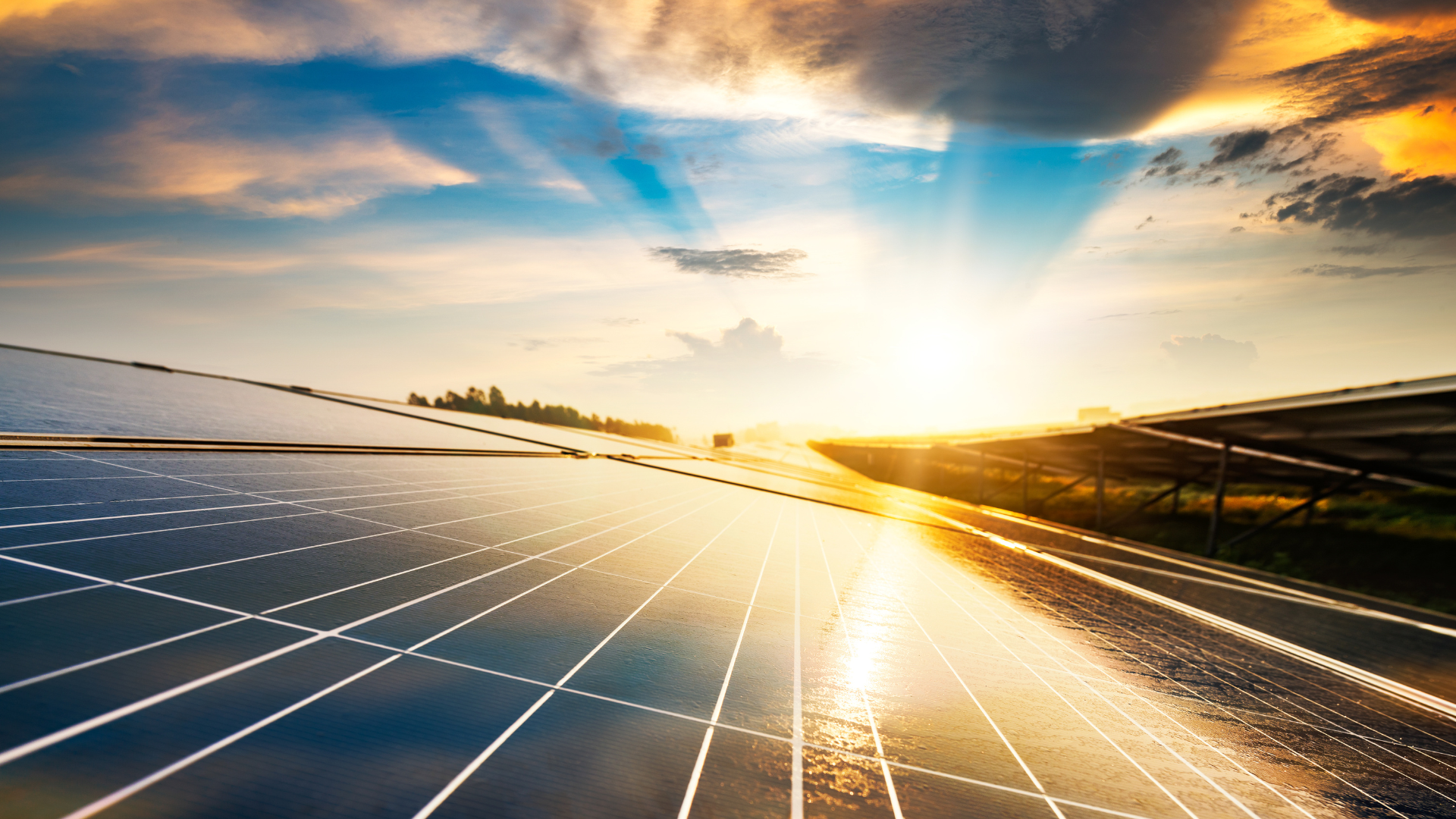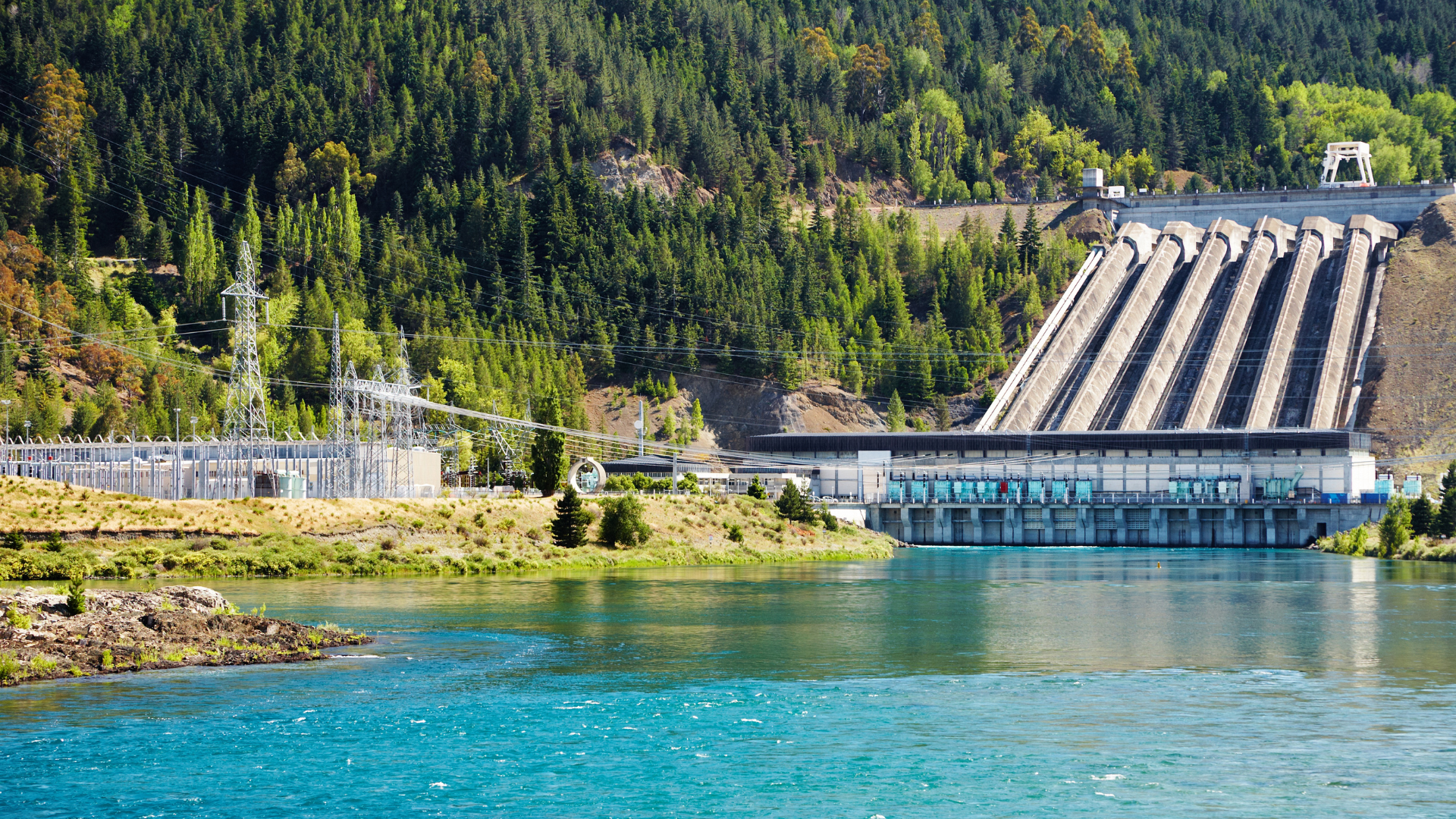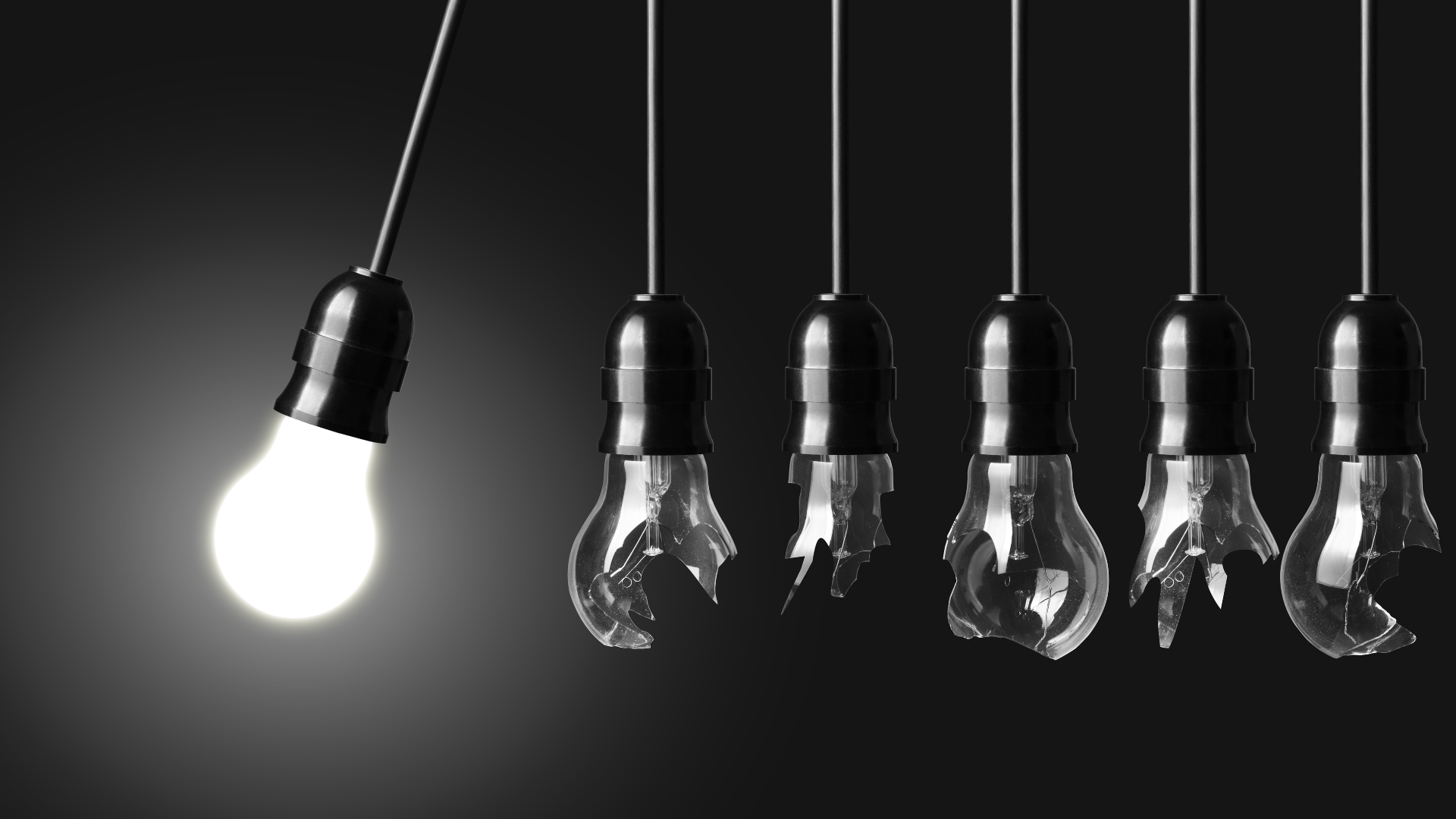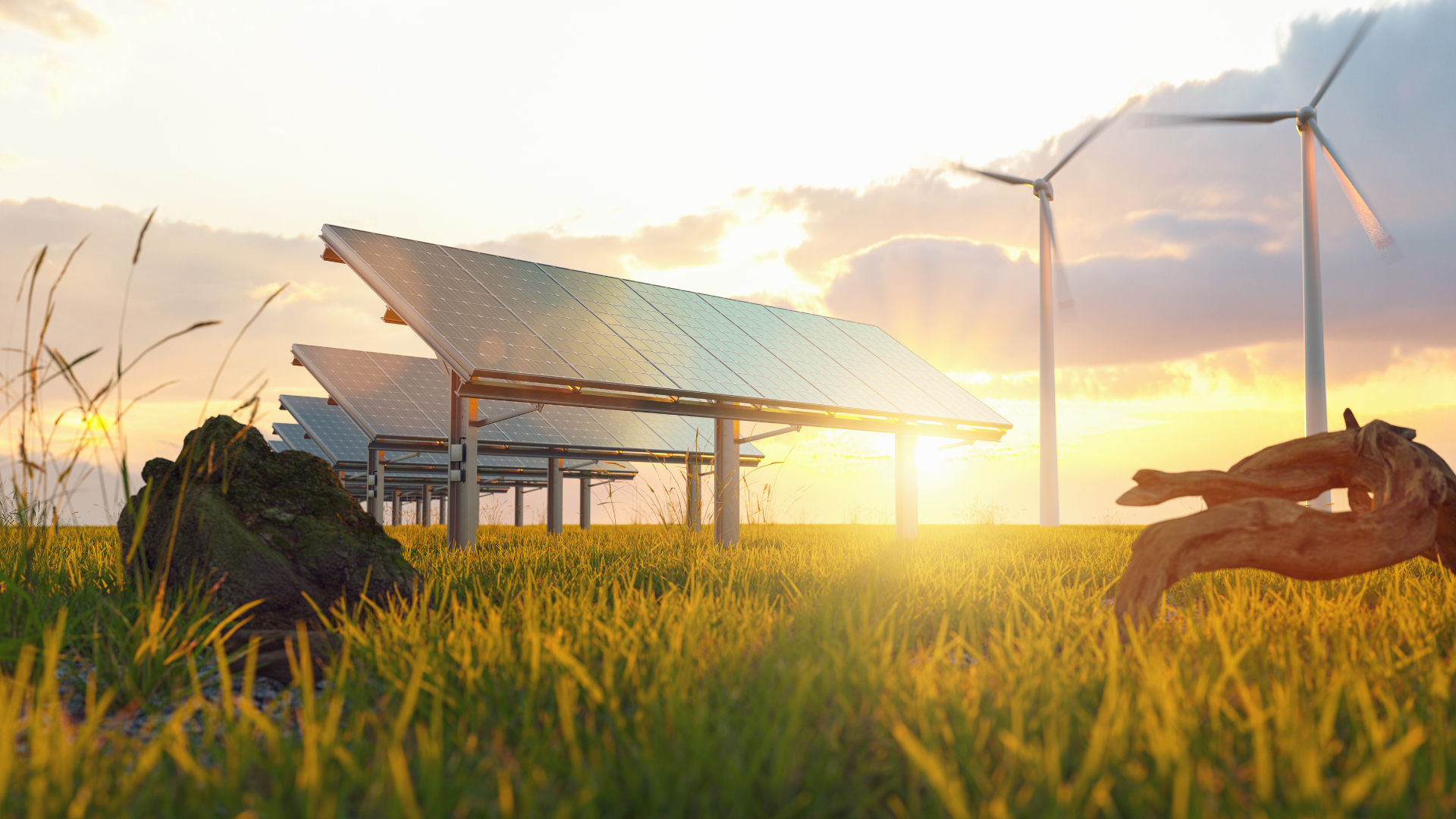The Clean Energy Industry in Arizona: A Growing Economic and Environmental Powerhouse
Arizona, with its abundant sunshine and expansive landscapes, is emerging as a leader in the clean energy sector. From solar power to wind and hydroelectric generation, the state's clean energy industry has rapidly expanded in recent years, bringing substantial economic and environmental benefits. As the world moves towards a more sustainable future, Arizona is poised to play a key role in the U.S.'s energy transition, harnessing its natural resources and supportive policies to build a thriving clean energy economy.
 The Solar Power Revolution
The Solar Power Revolution
Arizona's solar industry is the backbone of its clean energy growth, thanks to the state's vast desert landscapes and over 300 days of sunshine per year. Solar energy production has seen remarkable growth, with Arizona ranking fifth in the nation for total installed solar capacity, according to the Solar Energy Industries Association (SEIA). As of 2024, the state has an installed capacity of 5.4 gigawatts (GW), enough to power over 900,000 homes.
Utility-scale solar projects have been critical in driving this growth. The Solana Generating Station, one of the largest solar power plants in the world, is located near Gila Bend. It uses concentrating solar power (CSP) technology, which allows for the generation of electricity even after the sun sets, addressing one of the key challenges of solar energy—its intermittency.
Additionally, Arizona utilities, including Arizona Public Service (APS) and Salt River Project (SRP), have been making significant investments in solar infrastructure, with plans to further expand solar capacity in the coming years. APS, for instance, aims to generate 100% carbon-free electricity by 2050, with a substantial portion coming from solar energy (Arizona PBS).
 Wind and Hydroelectric Power: Complementary Renewable Resources
Wind and Hydroelectric Power: Complementary Renewable Resources
While Arizona is not typically associated with wind energy due to its relatively low wind speeds, some areas, such as the northeastern part of the state, have been identified as viable for wind power generation. The Dry Lake Wind Power Project in Navajo County was the state's first commercial-scale wind farm, with a capacity of 128 megawatts (MW). This project demonstrates Arizona's ability to diversify its clean energy portfolio beyond solar(Good Good Good).
Hydroelectric power also plays a role in Arizona's renewable energy mix. The Hoover Dam, located on the Colorado River at the Arizona-Nevada border, has been providing hydroelectric power for decades. Though it primarily serves Nevada and California, it contributes significantly to Arizona’s renewable energy capacity. Additionally, smaller hydroelectric projects within the state add to this base, further diversifying Arizona’s clean energy sources.
 Economic Impact of Clean Energy
Economic Impact of Clean Energy
The growth of Arizona’s clean energy sector has generated significant economic benefits for the state. The clean energy industry supports more than 40,000 jobs in Arizona, with the solar industry alone accounting for a large share of this employment. These jobs range from installation and maintenance to research and development roles, offering well-paying opportunities in both rural and urban areas.
In 2024, Arizona was awarded federal funding as part of a broader initiative to bolster clean energy infrastructure nationwide. This funding is expected to create thousands of new jobs in the state, particularly in solar and wind energy installation, grid modernization, and energy storage. According to the Arizona Commerce Authority, the state’s clean energy industry has attracted over $10 billion in investments in the past decade, with more expected in the coming years (Good Good Good)(Arizona PBS).
 Environmental Benefits and Challenges
Environmental Benefits and Challenges
Beyond the economic impact, the environmental benefits of Arizona’s clean energy boom are significant. The shift from fossil fuels to renewable energy sources has reduced Arizona’s greenhouse gas emissions, improved air quality, and conserved water—a particularly important benefit in a state that frequently faces drought conditions.
However, there are still challenges to overcome. Energy storage remains a critical issue, as renewable sources like solar and wind are intermittent. To address this, utilities are investing in advanced energy storage technologies, such as lithium-ion batteries and even exploring pumped hydro storage solutions. Additionally, there are concerns about land use, particularly regarding the impact of large solar farms on desert ecosystems.
 Looking Ahead: The Future of Clean Energy in Arizona
Looking Ahead: The Future of Clean Energy in Arizona
Arizona’s clean energy future looks bright. The state’s commitment to renewable energy, combined with supportive policies and a favorable climate, positions it as a key player in the U.S. energy transition. In the coming years, Arizona is expected to continue expanding its solar and wind capacity while addressing challenges related to energy storage and grid reliability. With these advancements, Arizona will not only reduce its carbon footprint but also continue to benefit economically from the growing clean energy industry.
#CleanEnergy #WindPower #SolarPower #HydroelectricPower #ArizonaEconomicEngines #SolarIndustry #RenewableEnergy #SolarProjects #ArizonaEconomy #Energy
Works Cited
Solar Energy Industries Association (SEIA). “Top 10 Solar States.” SEIA, 2024.
Arizona Commerce Authority. “Clean Energy Initiatives in Arizona.” Arizona Economic Report, 2024.
Arizona Public Service (APS). “Our Clean Energy Commitment.” APS Newsroom, 2023.
Good Good Good. "Arizona to Receive Millions in Clean Energy Funding." Good Good Good, September 2024(Good Good Good).
U.S. Department of Energy. “Wind Energy in Arizona: Overview.” DOE Wind Energy Reports, 2022.



